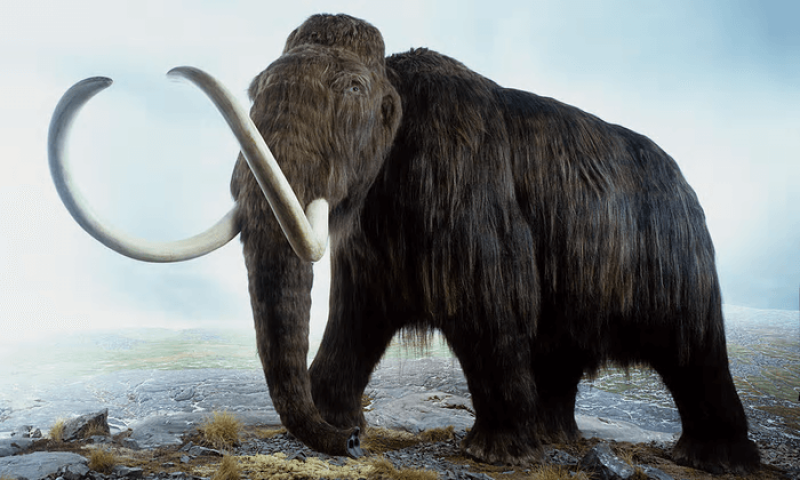The concept of de-extinction, aimed at restoration of extinct species, is controversial….
The three technical pathways for de-extinct animal species (DEAS) creation differ in their degree of using genetic information of the extinct species and the extant host species. Selective back-breeding tries to breed a still existing species, closely related to the extinct one, for traits relating to the phenotype of the extinct species.
Cloning, the second pathway, involves transferring a somatic cell nucleus from the extinct species into the germ cell of a suitable host species. Because it depends on availability of intact somatic cells of the extinct species, it is applicable when cryopreserved tissues are available, which does not hold for most candidate species.
The third pathway involves genome engineering. When part of the genome of the extinct species is lacking, these gaps have to be replaced by genetic information from a closely related surrogate species or be manipulated by humans.
…
A different legal question is how introductions to the wild will be treated (even though DEAS may initially be kept and bred in laboratories, zoos, or wildlife parks)…Furthermore, DEAS could cause damages, which may lead to liability, e.g., if a genetic proxy of the passenger pigeon would be introduced, a species that caused massive damages to crop fields in the past.
The GLP aggregated and excerpted this blog/article to reflect the diversity of news, opinion, and analysis. Read full, original post: De-extinction, nomenclature, and the law































